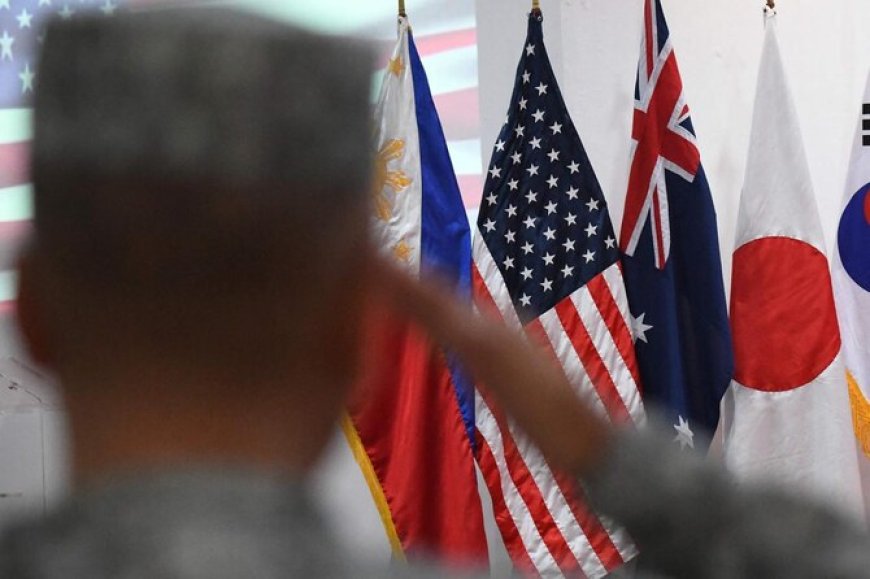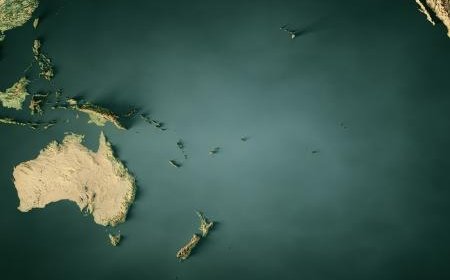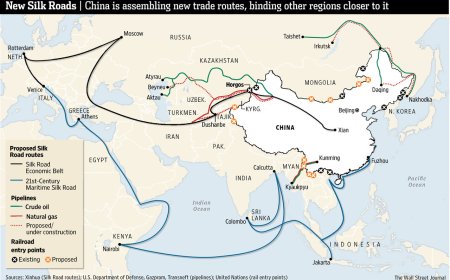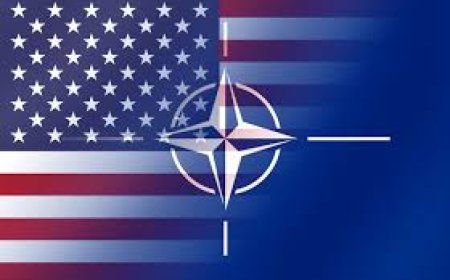US and Philippines Start Military Exercises amid Growing Regional Tension

Just one day after China carried out extensive drills surrounding Taiwan, the United States and the Philippines started a clear show of military cooperation on October 15, 2024. Set to span 10 days, the yearly Kamandag exercises—which translate Tagalog as "Venom—emphasize coastal defense in Luzon, the largest island in the Philippines. About 800 kilometers from Taiwan, a territory Beijing claims as its own, this land is under pledge for reclaiming, maybe by force.
Given the latest increases in tensions between China and the Philippines over territorial conflicts in the South China Sea, the timing of the Kamandag drills is especially important. China has claimed control over practically all of the body of sea, causing conflicts with Philippine warships and damage to local fishing areas. Labeled a "stern warning" to Taiwanese "separatists," the latest military drills from Beijing highlight the region's growing militarization.
Maj. Gen. Arturo Rojas of Philippine Marine Corps Commandant stressed at the opening ceremony in Manila that the drills were scheduled far in advance and were not a direct reaction to continuous geopolitical concerns. "Kamandag is long planned and has nothing to do with whatever is happening in the region," said he said. The exercises mostly center on defensive tactics on tiny Philippine islands between Luzon and Taiwan and live-fire drills along the northern coast of Luzon.
The Filipino exercise director, Brig.-General Vicente Blanco, underlined the purpose of these drills by saying, "It's a coastal defense theory. According to the doctrine, a would-be attacker might be aimed toward our land." This claim shows the Philippines' preparedness to get ready for possible challenges to its sovereignty even as it tries to keep a defensive posture instead of aggravating more conflict.
Comprising little over a thousand US and Philippine troops plus smaller contingents from Australia, Britain, Japan, and South Korea, the combined military exercises Planned for the exercises are amphibious landings and defense against chemical and biological warfare training sessions. Col. Stuart Glenn, a US Marine representative, said that the drills seek to improve US and ally capacity to handle "any crisis or contingency" that might develop in the area.
The Kamandag exercises started against the backdrop of a previous incident which a Chinese maritime militia ship "deliberately sideswiped" a Philippine civilian patrol vessel, causing minor damage. The crash happened close to Thitu Island, a portion of the Spratly group under Philippine control. Luckily, the BRP Datu Cabaylo crew was not hurt and could carry on their patrol assignment.
China's continuous military operations and attempts to increase its sway in the South China Sea have alarmed its neighbors as well as the world community. Rising tensions and questions about maritime security follow from the Philippines' recorded growing incursions by Chinese military and coast guard boats in disputed areas. The Kamandag exercises are a vital chance for the US and the Philippines to increase their military cooperation and defensive capacity in this uncertain environment.
The US-Philippines cooperative military operations underline the need of regional collaboration to handle common security issues as the geopolitical scene changes and show of force as well as a need for diplomatic involvement. To guarantee peace and stability in the South China Sea and the Taiwan Strait, the changing dynamics there will call for constant awareness and strategic planning from all the engaged parties.













































